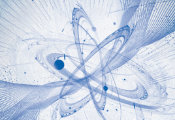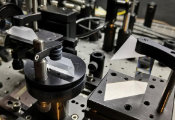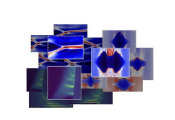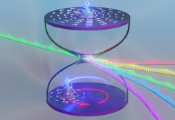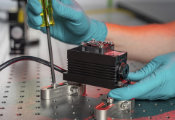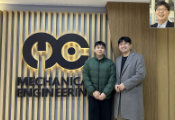Pixel Photonics Supplies Innovative Photon Detectors for QuiX Quantum
October 21, 2024 -- Powerful photonic quantum computers require many very high-quality single-photon detectors. Detectors that are currently commercially available are only suitable to a limited extent: they have to be controlled and read out individually via fibre optic cables and are not integrated into the photonic switching circuits of the quantum computer. Both of these factors pose scaling hurdles, as the cabling gets out of hand as the number of qubits increases and the necessary error levels cannot be achieved due to a lack of integration.
Pixel Photonics, a spin-off from WWU Münster, has supplied two prototype photon detectors fo QuiX Quantum Photonenprojekt UPQC that could remove this scaling hurdle: Their single photon detectors are integrated directly into the photonic circuits of the quantum computer and can be controlled particularly efficiently in a network.
Pixel Photonics supplied two prototype systems to QuiX Quantum:
A single detector based on superconducting nanowires (SNSPD), which was integrated directly into the optical chip – the triplex platform from chip manufacturer Lionix. This means that the photonic qubit no longer has to be transmitted to the detector via optical fibre after the calculation, but can be measured directly on the chip with significantly less loss. This new production method requires close co-operation between detector and chip manufacturers. One challenge, for example, is that the optical packaging from phase to chip must function in cryogenic environments. In addition, the integration of detectors into the circuits requires very high precision and quality in order to bring the nanowires of the detectors as close as possible to the waveguides in the chip.
A fibre-coupled demonstration setup of a 16-photon detector array based on row-column multiplexing. This approach makes it possible to control the 16 detectors with just 8 cables. This is an important advance, as these detectors have to be cooled in a cryostat and each cable represents an interfering heat source. Row-column multiplexing enables the scaling of photonic systems. In general: N² detectors can be supplied in this way with only 2N cables.
An industry-relevant photonic quantum computer with 64 qubits and 1024 detectors would only need 64 connections.
The systems supplied are still prototypes. When they are ready for production, they will bring the entire photonics ecosystem a big step closer to the goal of massively scalable photonic systems.

